Motto:
La casa cu patru fete mor gainile de sete
si fantana-i supt parete.
So as I was saying, a month ago this time I was travellin' through that old country with tall, "falnici" mountains hosting thick, tall, "falnice" woods of beech, fir, oak and other beautiful, majestic trees, whom the locals use to build their wooden houses in gardens wide as the eye can see, bound by wooden fences with great finely-decorated wooden gates, neighbouring small yet so very lovely wooden churches and so on and so forth. Anyway, I suck at this so I'll let the photos speak in my stead.
Unfortunately for the reader, all my photos of wooden decorations also suck, so none shall be posted here, but owing probably to the fact that I spent so much time doing engineering and the likes, I've got train photos:
I gave those bitches some iuțeală maximă. Mind you, those trains are used to transport logs and tourists (so, pretty much the same thing), hence the slowness. And when did everyone get the fuck in such a hurry all of a sudden? And speaking of hurries and modern technology, here's a blast from the '90s:
I found this little gem -- with 9999 variations of five games, yes?
and running on AAA batteries for a week, not like today's shitphone
gaming implements -- at a "chinezării" store over in Upper
Wischau. Unfortunately there's not much else to see in that sad little
townpre-urban shithole. Let's see:
Above: the redundantly-named Wasser water. Below: SC Tacniram SRL doesn't seem to have been faring very well in the last few years. Aside from their sad public record, they were closed and they had one (one!) ad for an apartment sale -- I've no idea who buys real estate there these days, so I'll leave it at that.
Above: a view of the town from a quiet, lonely yet so sweet vantage point on the outskirts. Notice: the churches, the school, the river, a bunch of houses and that's about where this Vișeu ends; I don't expect the other one's much different either, nor am I inclined to find out. Otherwise the town's main attraction is the so-called "mocăniță" train ride, with the vehicle at the beginning of this post -- and that mainly due to that whole picturesque atmosphere oozing out of it. There is nothing else to see there: you'd expect that at the end of that ride there'd be local girls cooking traditional local food, but it's just the usual Romanian kitschfest with shitbeer and the Romanian kafta known as "mici". Thanks but no thanks, I can have the very same anywhere in this country, in fact I just had some this weekend in the heart of Ferentari, without having to queue with all the unwashed orcs.
Yes, the locals have the great quality of not being fucked in the head, but then again so do the ones from Alba and Cluj, and I suspect all over the country with the exception of Bucharest and a few other godforsaken towns. At the same time, there's nothing of consequence to discuss with said locals, all they do is yammer about how they and their sons went to work in Germany and bought shiny cars on credit. Yes, I did get to see that traditional skirt once, and I did get to eat that traditional bulz once, but other than that there was... nothing there of interest. I even attempted to visit one of the Vișeuan museums and it was closed, what. Not like anyone else would be interested1.
Anyway, back to the outskirts of Vișeu de Sus, rural settings have this great advantage of readily available apple factories in other people's gardens:
When's the last time you just grabbed an apple from a tree and ate it? How often do you do that? I don't, so I guess the people on the outskirts of Oberwischau are literally laughing their asses off at this overly pompous sonofabitch who's commenting on this and that like he owns the place.
Anyways, near the garden where that apple tree lives there's a cemetery -- with German, Hungarian, Polish and I-don't-know-from-where-sounding names, 'cuz Maramureș is a country of its own, what -- and near the cemetery there's a green pasture:
When's the last time you just sat your ass on a green pasture? Well we didn't because there was an angry dog nearby coming to greet us and let us know we're sitting on its property.
Below, a photostudy done with a fixed 50mm lens. The lens, you see, is entirely unfit for this kind of photography, but what can I do? It's the one I had on me at the moment, so I squeezed the most out of it. I'm going to let the reader decide which of the photos is the best.
Above: the Horses' Waterfall and canyon near Borșa. Below: views from the same canyon and mountain. As the saying goes: frumoasă țară, păcat că-i locuită -- i.e. beautiful country, too bad it's inhabited.
Above: choo-choo! along the Vaser goes the cocăniță. Below, we head straight to the Marmatian Sziget, where some people made a museum, the Memorial of the Victims of Communism etcaetera. I shan't bother to review this, for the simple fact that I've done it before; and that if I did it again, the people involved (Ana Blandiana or whoever oversees the project) wouldn't read it anyway; and thus fuck them, let them burn next time the state cuts the funds they feed on.
Sorry for the crappy photo, it's worth posting nevertheless. Long story short, this is where I found out how Iuliu Maniu unhappened. So then kids, do you now see why "communism was bad, mkay"? It wasn't bad because "people got deported and killed", people get raped and they eventually die all the time and in all the places. It was bad because the fuckers who enacted it were convinced that historical reality will emerge from the precious prepuce of their twisted thought -- which it didn't, which is how today everyone knows Iuliu Maniu wasn't "without occupation", while nobody gives two shits about Teohari Georgescu or whomever.
Below: late '80s revolutionary stuff from... Hungary!
Above: so to reiterate, communism wasn't bad because of the torture. You too might someday end up in a prison, beaten daily and without anything to call your own; and if you're smart enough, you'll be able to build your own means of intellectual refuge, and in the process learn to value the fleeting experience of life.
I've struggled for twenty minutes to get a proper thumbnail out of the following photo, but I couldn't, so I'll just link to it here. It represents a tulnic, a musical instrument that (as far as I know) originates from the Western Carpathian Mountains, in the country of the so-called "moți", a special sort of people, după vorbă, după port. But the space is too short for this discussion, so I'll leave it for another time.
Below: communist vintage artifacts, preserved here mostly to feed my own childhood nostalgia. Yes, I had a radio exactly like that one, grandma had that exact TV, dad used to smoke BT and so on.
Above: abstract art. Not sure what it's supposed to mean, but the twisted perspective along with the lighting and the AC socket create quite the atmosphere, wouldn't you say? I guess David Lynch would be proud of my non-analysis.
Below: concrete art.
In what is now probably becoming tradition, I shall leave the reader to ponder the following piece, from somewhere else:
-
Speaking of which, I found this very neat etymological dictionary documenting places from Maramureș, but not only that. You can find info about the people's names... which brings me back to that old story.
I had suspected for some time the "mogoșan" doesn't come from Sibiu, but from Maramureș, given the similarity with its paronym, "moroșan" -- and yes, people often confuse that part of my name. And so, look:
Mogoșești
Zonare: Sat aparținător de comuna Satulung, zona Chioar, Zona Metropolitană Baia Mare, regiunea Transilvania (de Nord). Localizare: Localitate situată în depresiunea Baia Mare, în lunca Someșului, între Hideaga și Pribilești, la 2 kilometri nord-vest de Satulung; zonă de câmpie. Populație: 805 locuitori (în 2011). Dialect: subdialect crișean. Numele comun al locuitorilor: mogoșean, -ă, mogoșeni, -e / mogoșeancă, mogoșence. Porecla locuitorilor: porci. Nume de familie frecvente în localitate: Buie, Coste. Atestare documentară: 1566 (Suciu). Denumiri (a.d.): 1566 Maghafalw, Mogosfalwa (Satul lui Mogoș), 1603 Mogosfalva, 1603 Magosfalu, Mogosest, Magosfalwa, 1750 Mogosesty, 1760 Magasfalva seu Mogosesty, 1800 Magosfalva, Mogoșești, 1850 Mogosestyi, 1854 Magosfalva, Magoșești (Suciu, 1967); 1909-1919 Mogoșești, Magosfalu (Moldovan, Togan). Localități cu nume identice sau ase-mănătoare: Mogoșești (Argeș, Dâmbovița, Dolj, Iași, Ilfov, Olt, Vâlcea), Mogoșești-Siret (Iași), Mogoșoaia (București) (Indicator, 1974).
Etimologie: Din n. grup mogoșești < n.fam. Mogoș + suf. -ești. ■ Denumirea satului este derivată dintr-un nume de persoană Mogoș, care provine din magh. mogos, mogus, magos, magas „înalt" (DOR: 324), de unde apelativul rom. mogoș „înalt" (Iordan, 1983). Numele s-a dezvoltat probabil dintr-o poreclă sau supranume. În județul Maramureș, sunt 24 de per-soane cu numele de familie Mogoș, respectiv 16 persoane cu numele Mogos (cf. DFN, 2007). Mogoș putea fi întemeietorul satului, deoarece în documente nu apare o altă denumire alternativă și, în plus, forma rom. Mogoșești e consemnată încă de la începutul secolului al XVII-lea. În apropiere de Baia Mare există un toponim cu numele Mogoșa, munte, a cărui nume putem bănui că s-a format din apelativul românesc mogoș, cu art. encl. -a. După Frățilă, toponimul ar putea proveni din antroponimul Moga (vezi atestarea din 1566, Maghafalw), derivat su suf. -oș.
So now the internets know that I'm a pig. ↩
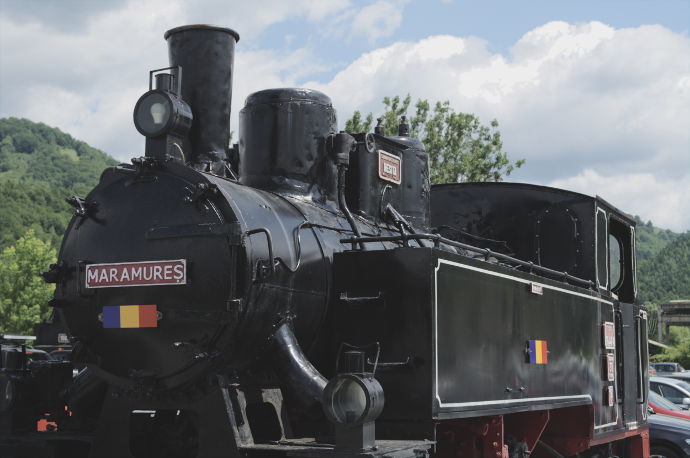
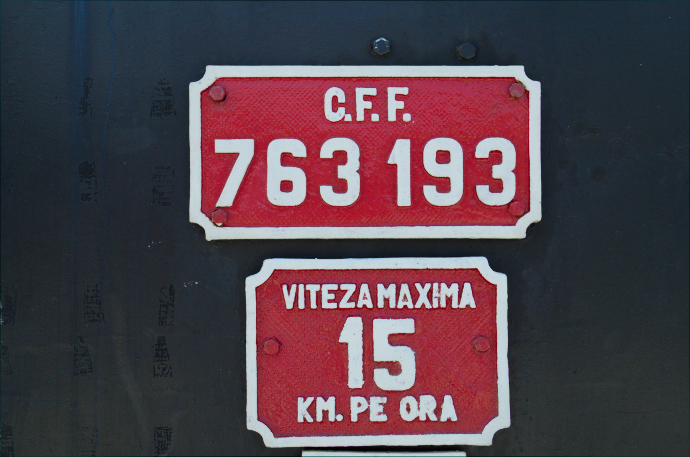
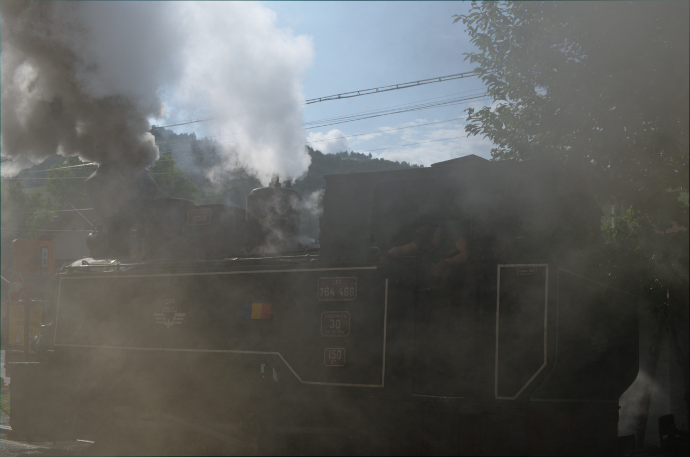
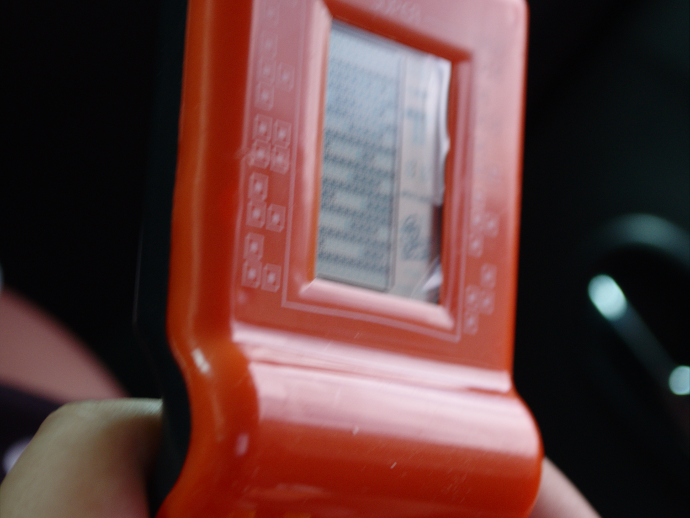
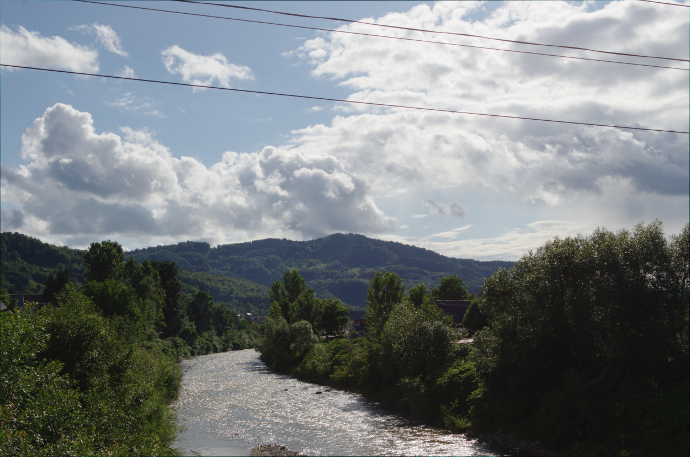
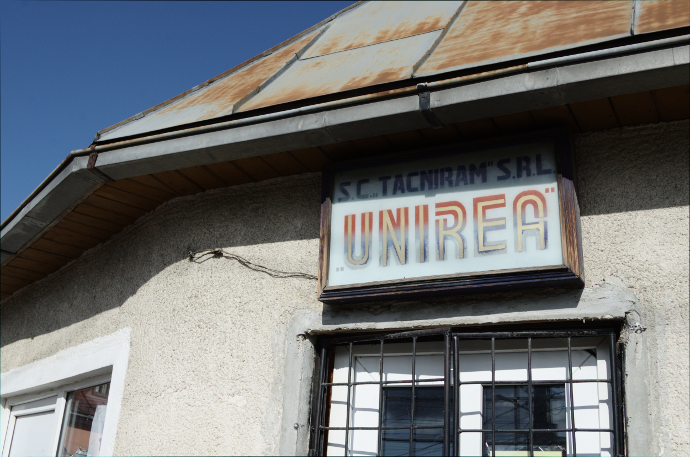
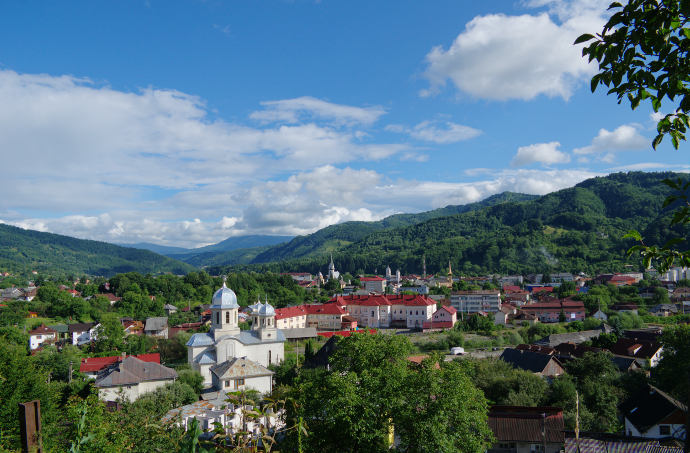
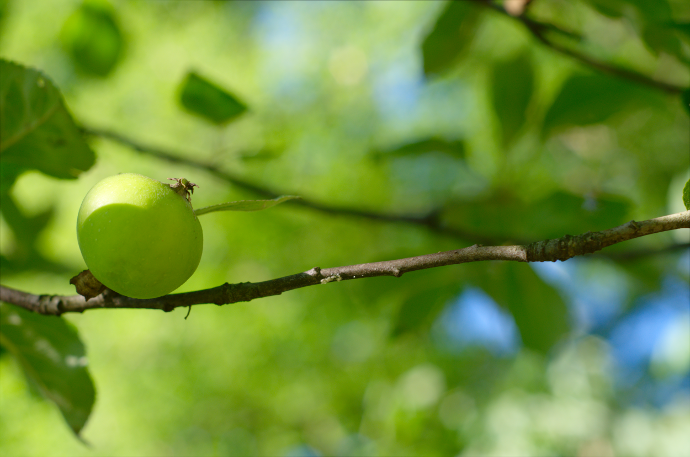
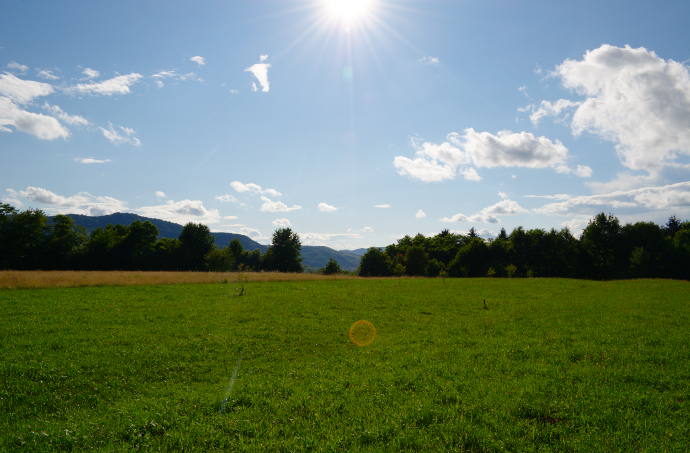
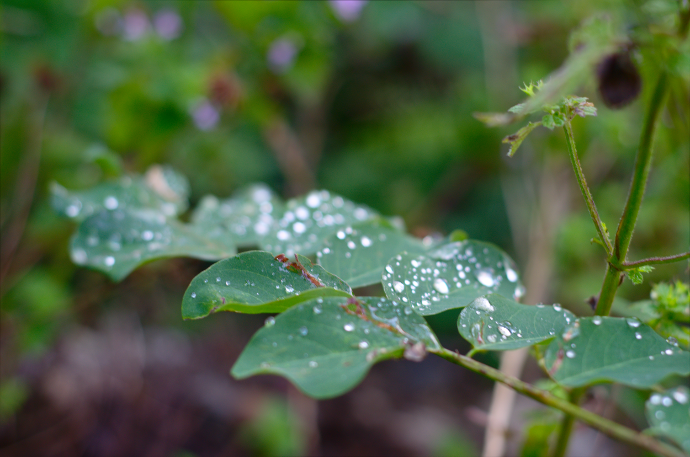
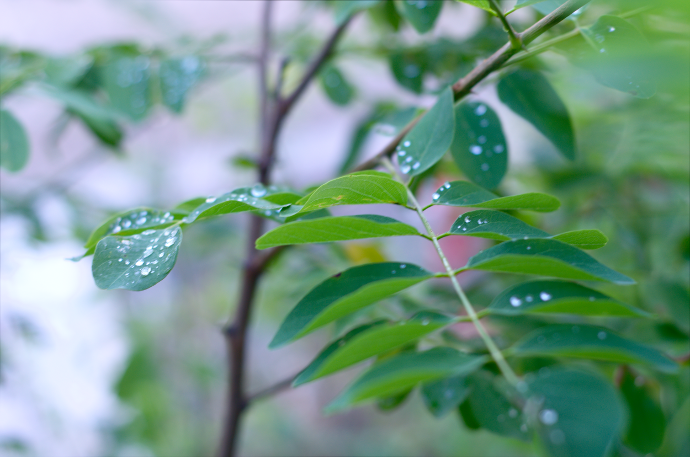
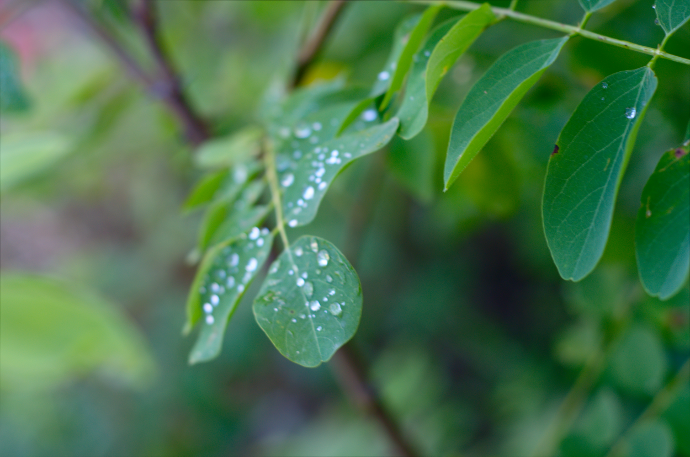
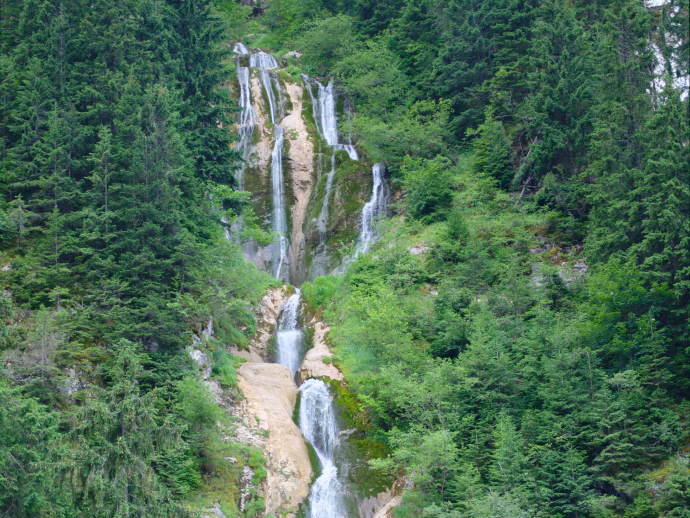
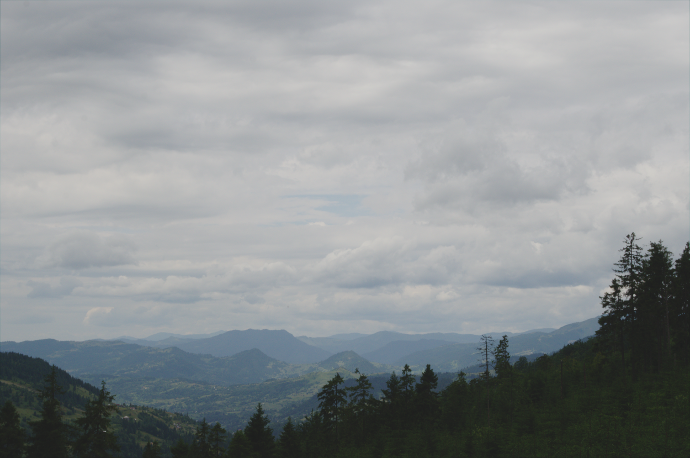
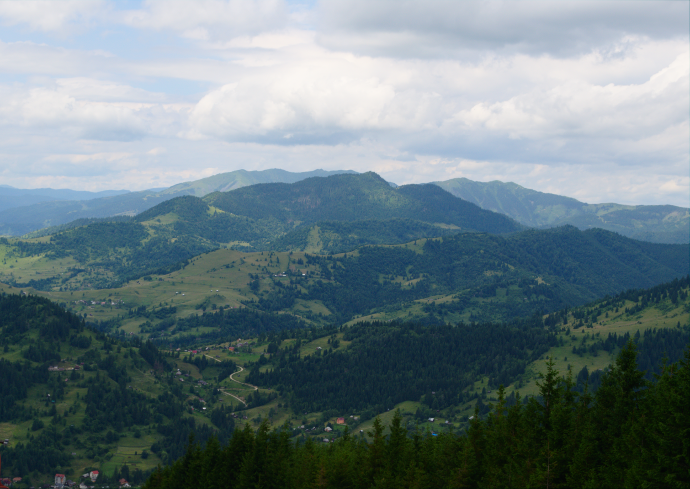
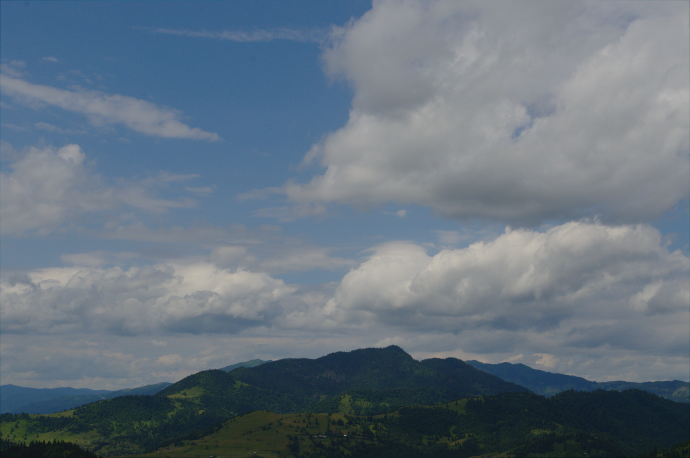
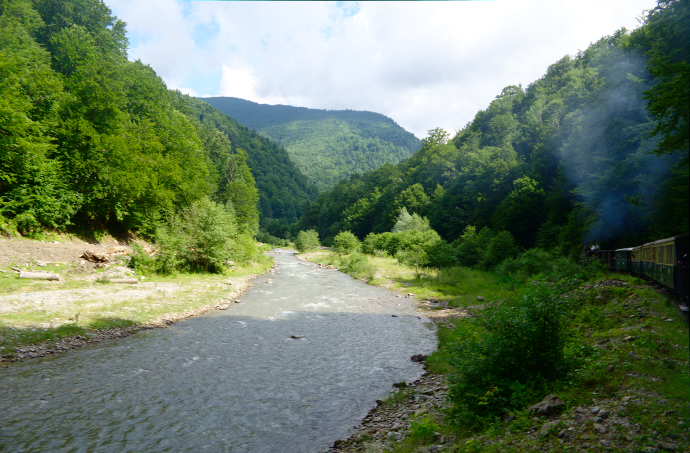
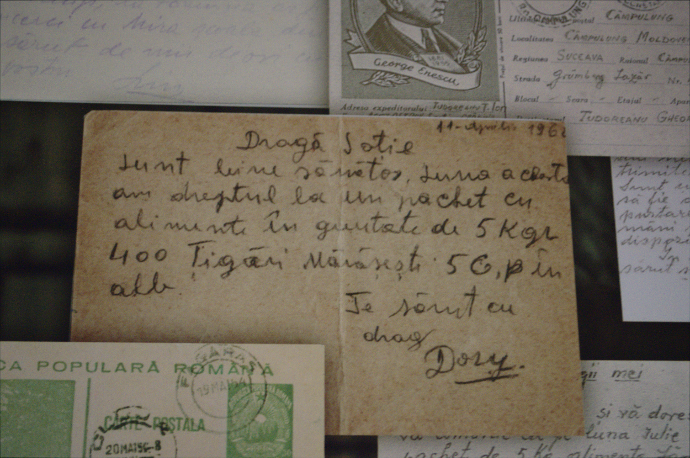
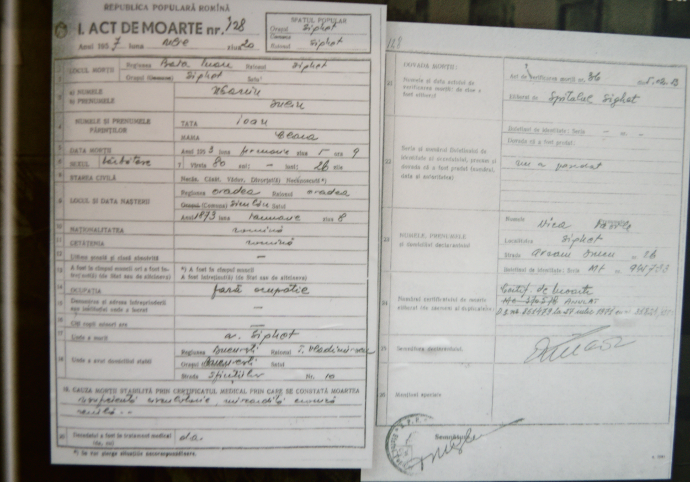
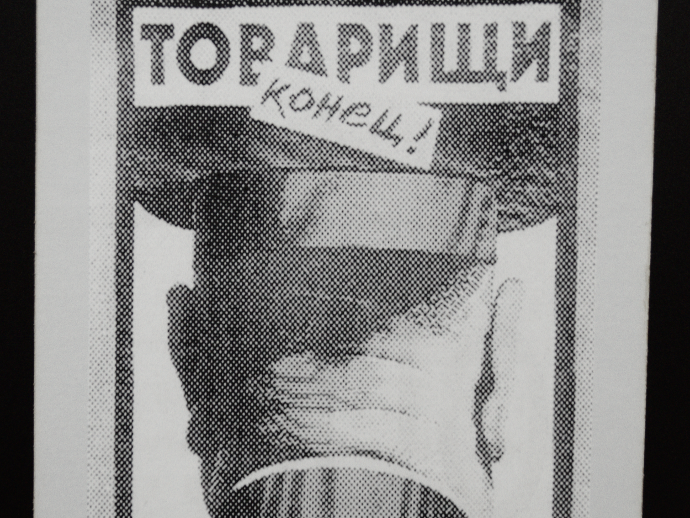
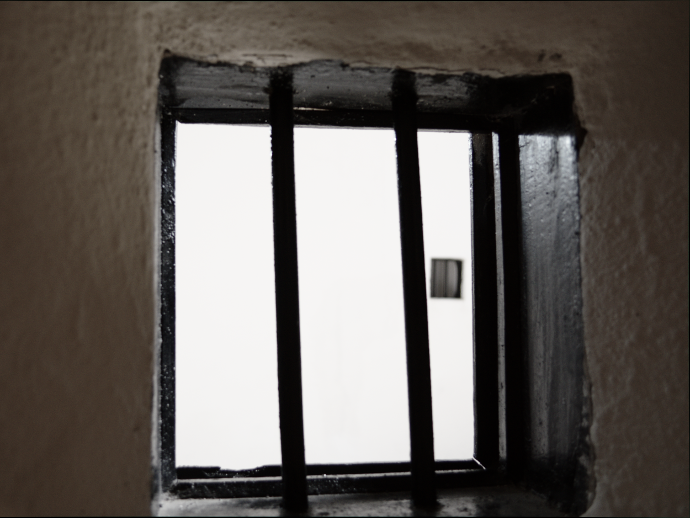
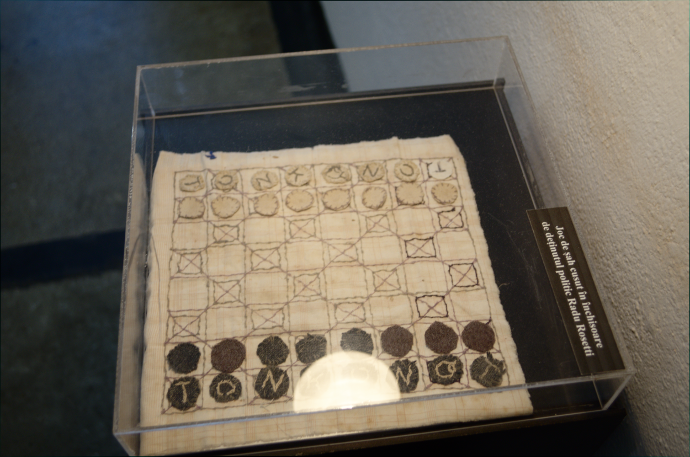
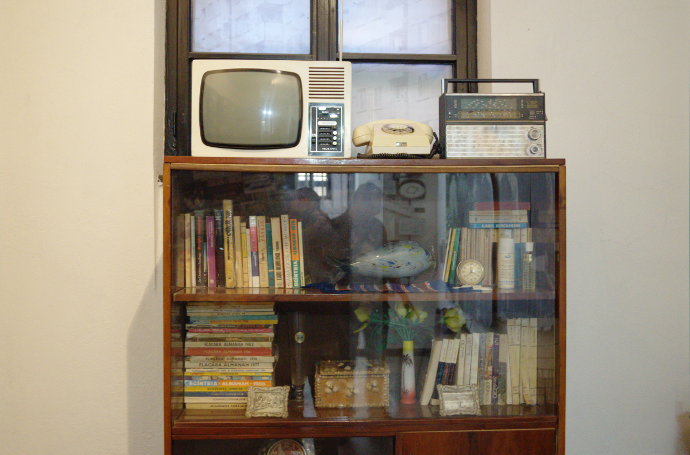
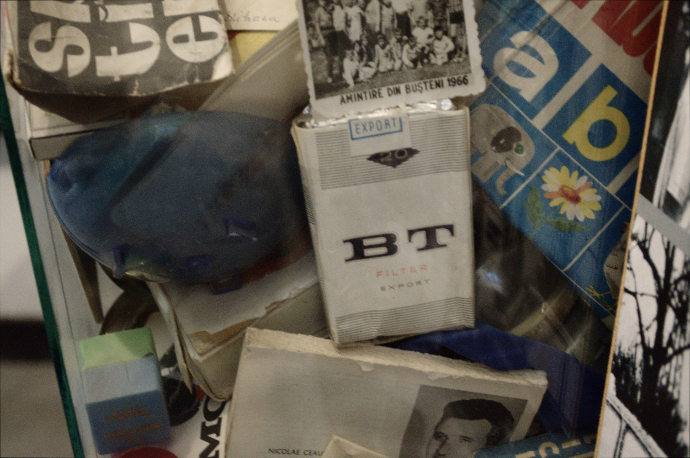
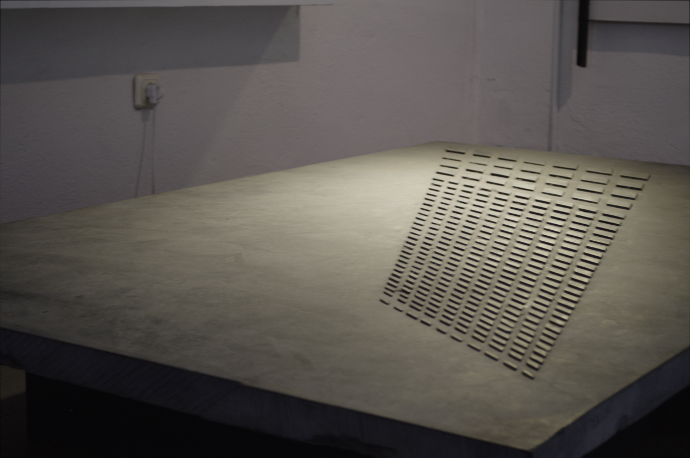
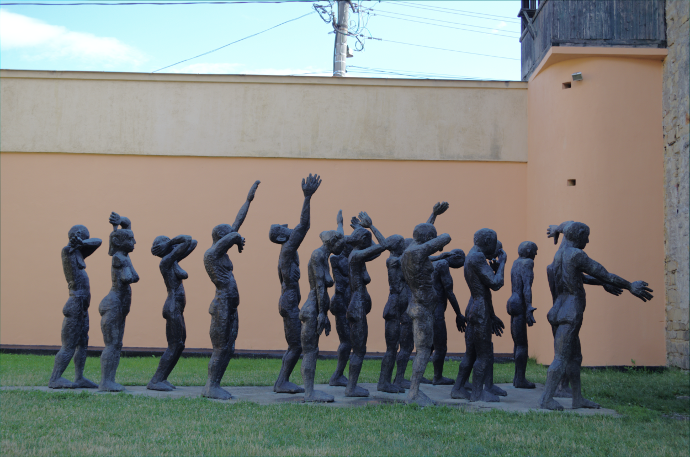
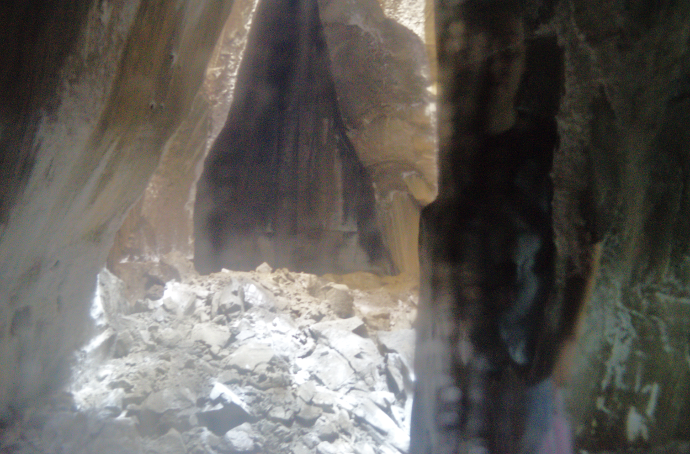
[...] Yes, that one. ↩ [...]
[...] say, about northern Romania, where collectivization quite pointedly did not work, even though Maramureș was as close to the USSR as a country could [...]